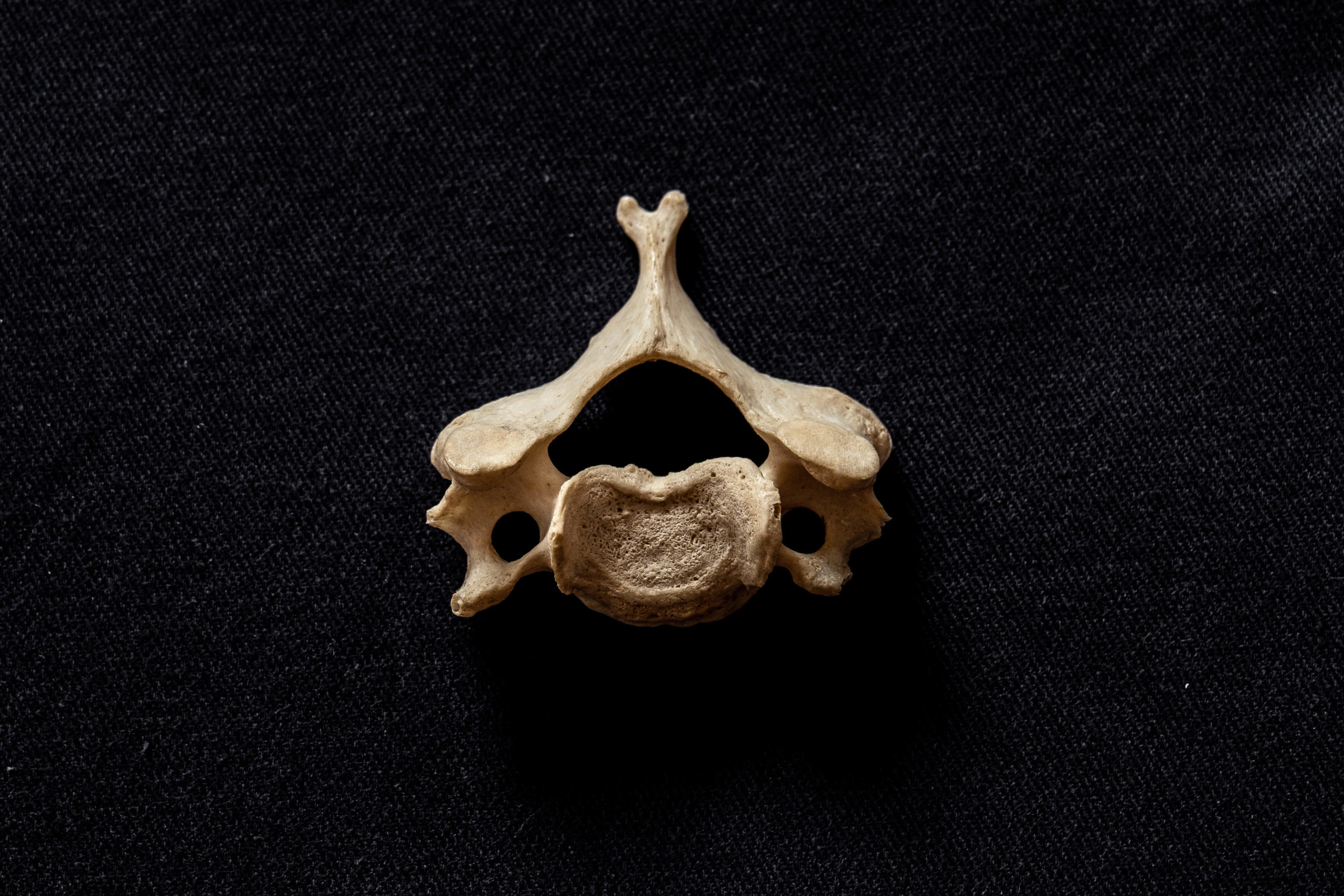
May 20, 2022 | Glossary
The Musculoskeletal System: A Glossary
The musculoskeletal system is made up of bones, cartilage, ligaments, tendons, and connective tissue...
Mon - Fri: 8:00 a.m. to 5:00 p.m
Many of us don’t think twice about our spine, taking the flexibility and mobility it provides us with for granted. However, as a spine surgery center, we at Biscup Spine understand the importance of this structure. If you suffer from spine pain and any of the variety of issues a spine condition can cause, we’re sure that you understand how important the spine is as well. We all know that a healthy spine is essential to having a healthy life. Understanding the makeup of the spine and how it all works together can provide you with the necessary insight to become a more informed patient and even gain a better understanding of your condition.
We know that the spine is an important and complex structure that allows us to stand upright and provides the body with structure and support. When we think about the spine, most of us only think about it in connection to our mobility, but it has another very important function: protecting the spinal cord and spinal nerves.
The spinal cord is what connects your brain to the rest of your body. Without the protection of the spine, the spinal cord could not function, making you unable to control your movements and organs to be unable to function properly.
A healthy, normal spine should be curved like an “S” when viewed from the side. The cervical spine should curve inward, the thoracic outward, and the lumbar should curve back inward. This shape allows your spine to distribute weight evenly, so there is no section of the spine taking on more stress than necessary. In order for your spine to function properly, each of these sections needs to be in proper alignment.
Most of us are born with 33 individual bones called vertebrae that make up the spine by connecting through facet joints. The facet joints of the spine work just like any other joint in your body, like your shoulder, wrist, or any other joint. They link your vertebrae together and provide them with the flexibility to move freely, which provides your spine with mobility.
Spinal discs sit between each vertebra to act as a cushion, prevent the vertebrae from rubbing against each other, and help absorb pressure and stress placed on the spine. Spinal discs are soft, gel-like structures.
In addition to connecting with the help of facet joints, groups of ligaments also hold the vertebrae to each other, and tendons attach muscles to the vertebrae.
Now that you’ve been familiarized with the structures that make up your spine, we’ll discuss the three segments of your spine: the cervical spine, thoracic spine, and lumbar spine.
The cervical spine is the upper portion of your spine, located in your neck. It’s made up of seven vertebrae. The cervical spine is followed by the thoracic spine, located in your upper back and made up of 12 vertebrae. The final five, or in some cases six, vertebrae make up the lumbar spine, located in your lower back. Most people only have five lumbar vertebrae, but having six is also fairly common and doesn’t seem to pose a problem.
If you’re doing the math, you probably noticed that this only adds up to 24 or 25 vertebrae, although we have about 33 at birth. During our growth and development into adults, some of the vertebrae at the bottom of the spine fuse together to create one vertebral body known as the sacrum. Other small bones below the sacrum fuse as well and are known as the tailbone or coccyx.
We mentioned earlier that the spine also houses the spinal cord and nerves. The spinal cord is made up of nerve tissue that enables your brain to send messages to the rest of your body. As part of this job, the spinal cord also branches off into 31 pairs of nerve roots. So how does the spine protect the spinal cord and nerve roots?
Each vertebra has a hole in its center. When the vertebrae stack on top of each other, these holes make up a hollow tube that the spinal cord and its nerve roots run through. The spine also has spaces called neural foramina between each vertebra that the nerve roots run through to exit the spine and connect to the rest of your body.
With all of these structures making up the spine, there are many potential causes of back pain. As a spine surgery center, we know that it’s impossible to list every potential cause of back pain because every condition and every patient is different. However, these are some causes of the most common spine conditions.
Fortunately, Dr. Biscup has more than 35 years of experience treating patients with these types of symptoms. His experience has provided him with the knowledge that has made him an expert in treating the conditions typically associated with these symptoms, such as:
At Biscup Spine, our patients always receive unrivaled treatment for their back pain. Additionally, although we are known as a spine surgery center, Dr. Biscup also has years of experience treating patients using non-surgical options. This is all part of his commitment to providing our patients with custom-tailored treatment. After your initial consultation, the treatment plan that Dr. Biscup will create for you will be based on finding the least invasive but most effective solution for your unique condition. This understanding that all patients are unique regardless of their condition and that non-surgical options can be just as effective as surgery in some cases is a large part of why Dr. Biscup’s patients have such excellent outcomes.
If you’re currently living with a painful spine condition, please don’t hesitate to call us at 1-866-261-4983 or contact us online. Our goal is to deliver the best outcome possible for the relief of your back pain and we pride ourselves on our proven ability to do so. We look forward to partnering with you on your successful journey to better health!

The musculoskeletal system is made up of bones, cartilage, ligaments, tendons, and connective tissue...

Improving your spine health starts with finding the doctor and practice that will provide you with a...

More than 3 million US adults struggle with spondylolisthesis every year. Many of these people may b...
©2025 Biscup Spine. All Rights Reserved. | Privacy Policy | Support by ITCare